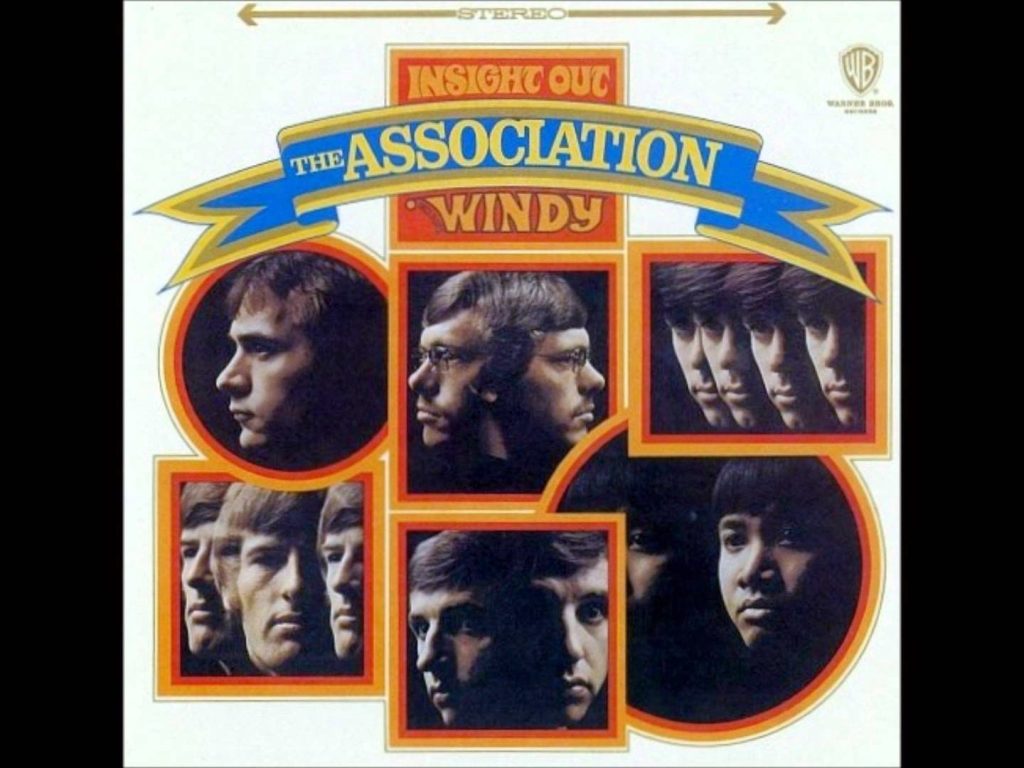
The Association – “Windy”: A Breezy Pop Classic from the ’60s
The Association’s hit “Windy” is a quintessential slice of 1960s pop, embodying the upbeat, feel-good sound that dominated the airwaves during the Summer of Love. Released in 1967, the song quickly became one of the group’s most beloved tracks, solidifying their place in pop history. Written by songwriter Ruthann Friedman, “Windy” captures the carefree spirit of the era with its bright melody and infectious rhythm, making it an enduring favorite for fans of sunshine pop.
The track opens with a catchy guitar riff, which is soon joined by tight vocal harmonies—a hallmark of The Association‘s sound. The song is buoyant and energetic, driven by a sense of lightness that mirrors the lyrical content. With its layered harmonies and cheery instrumentation, “Windy” is both a celebration of freedom and a reflection of the whimsical qualities of its titular character. The lyrics paint a picture of a carefree woman—“Who’s tripping down the streets of the city, smiling at everybody she sees”—who embodies the free-spiritedness of the time.
“Windy” became a commercial smash, peaking at No. 1 on the Billboard Hot 100 in July 1967 and staying there for four consecutive weeks. The song’s success came during a period when the band was riding high on the success of previous hits like “Cherish” and “Along Comes Mary”, but “Windy” cemented their reputation as one of the premier pop groups of the 1960s. It also helped them reach a wider audience, as the song’s upbeat vibe and catchy chorus resonated with both young and old listeners alike.
One of the defining elements of “Windy” is its rich production. The track features a dynamic arrangement with lush vocal harmonies, jangly guitars, and a crisp rhythm section. These elements work together to create a sound that’s at once sophisticated and accessible. The harmony vocals, a signature of The Association, are particularly striking here, providing a fullness to the song that elevates it beyond standard pop fare. The seamless blend of voices gives “Windy” its warm, inviting quality, making it impossible not to sing along.
Lyrically, “Windy” exudes a playful, almost childlike charm, but its deeper themes resonate with the time in which it was created. The mid-1960s was a period of cultural upheaval and self-expression, and “Windy” reflects the spirit of liberation that defined the era. While the song may be about a singular character, it also symbolizes the broader cultural shift towards individuality and freedom, making it a perfect anthem for the Summer of Love.
In the years since its release, “Windy” has become a timeless pop classic, frequently appearing in films, commercials, and playlists that celebrate the music of the 1960s. Its upbeat nature and catchy melody ensure that it remains a favorite among fans of the era, and its influence can be seen in the work of later pop and rock bands that embraced vocal harmony and melodic complexity.
For The Association, “Windy” represents one of their highest points, both commercially and artistically. The song’s success helped solidify their place in music history, and it remains one of their most recognizable hits. Even today, “Windy” continues to capture the imagination of listeners with its infectious energy and feel-good vibe, serving as a reminder of the joyful, carefree spirit of the 1960s.
As a standout in The Association‘s catalog, “Windy” showcases the band’s unique ability to create sophisticated pop music that was both radio-friendly and artistically fulfilling. The song’s blend of rich harmonies, catchy melodies, and vibrant energy makes it a perfect snapshot of its time—yet its timeless appeal ensures that it continues to resonate with new generations of listeners.